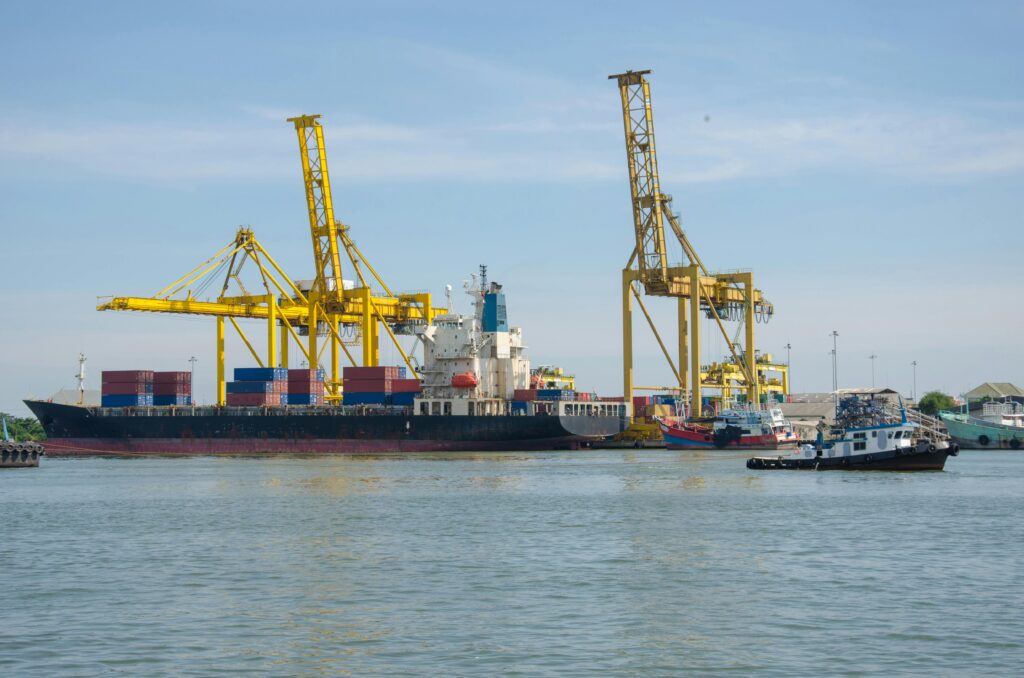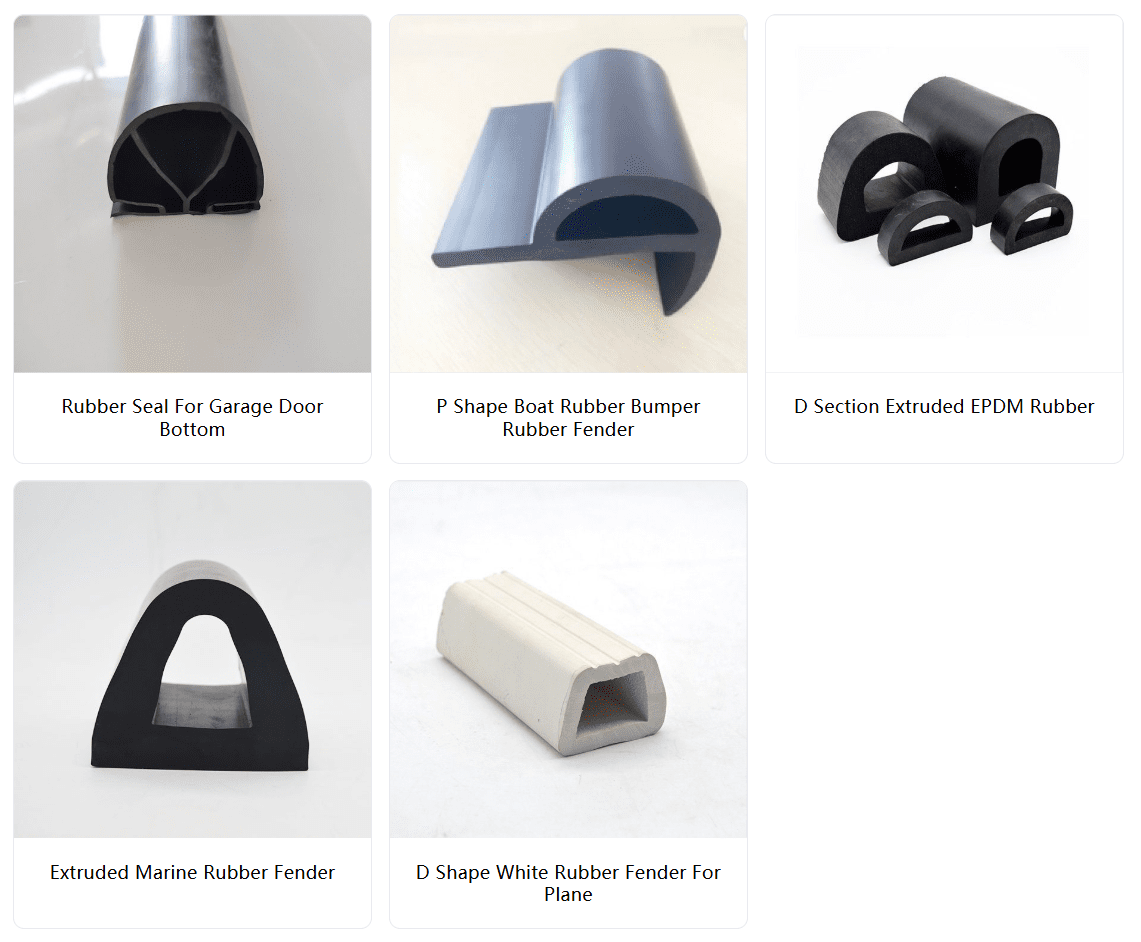🌊 Introduction
When it comes to maritime safety, few components are as essential yet underrated as rubber fenders. These protective systems act as a cushion between ships and docks, absorbing the massive kinetic energy generated during berthing, docking, or mooring operations. Without them, vessels and port infrastructure would face constant risk of damage and costly repairs.
Whether in a busy port, a marine terminal, or even industrial logistics zones, rubber fenders are the first line of defense for vessels and structures. This blog will walk you through what rubber fenders are, how they work, and why they matter — with a clear structure that’s both professional and easy to read.

🌊 What Is a Rubber Fender?
A rubber fender is a highly elastic cushioning device made from elastomeric materials. It is designed to absorb and dissipate kinetic energy generated when ships, boats, or vehicles come into contact with rigid surfaces.
✅ Key Properties
- High elasticity
- Excellent impact absorption
- Durability under harsh environments
- Good compression set resistance
🌊 How Does a Rubber Fender Work?
Rubber fenders work through molecular deformation and elastic recovery. When impacted, the rubber compresses, storing kinetic energy as deformation. Once the load is removed, the fender gradually returns to its original shape, releasing the energy harmlessly.
This principle allows fenders to minimize the force of contact and extend the service life of ships and terminals.
🌊 Types of Rubber Fenders
Rubber fenders come in various shapes and structures, each optimized for specific marine or industrial applications.

- D-Type Fenders
Common for small boats, docks, loading ramps. - Arch Fenders
Strong, durable, ideal for ports and berths. - Cylindrical Fenders
Widely used for large vessels. - Cone Fenders
Excellent energy absorption, for heavy-duty berths. - Pneumatic Fenders
Inflatable, flexible, ideal for ship-to-ship transfers. - Extruded Fenders
Custom profiles for loading bays, warehouses, trucks.
🌊 Applications of Rubber Fenders
Rubber fenders are used far beyond ports and docks — their adaptability makes them valuable in multiple industries:
- ⚓ Ports & Harbors
- 🚢 Marine Terminals & Offshore Platforms
- 🛥 Recreational Yachts & Boats
- 🚛 Trucks, Lorries & Loading Bays
- 🏢 Parking Garages & Warehouses
- ✈️ Airport Access Platforms
🌊 Key Benefits of Rubber Fenders
- ✔️ Protects Ships & Infrastructure
- ✔️ Reduces Maintenance Costs
- ✔️ Customizable Designs for Specific Needs
- ✔️ Easy Installation & Long Lifespan
- ✔️ High Resistance to Weather & Chemicals
- ✔️ Noise and Vibration Dampening
FAQ
Q: What is the difference between fenders and buoys?
A: Fenders absorb impact during docking; buoys are used for navigation or marking — not impact absorption.
Q: Can rubber fenders be customized?
A: Yes. Rubber fenders can be tailored in shape, size, and hardness to fit your project’s exact requirements.
Q: How long does a rubber fender last?
A: With proper installation and maintenance, rubber fenders can last 10–20 years or more.
About Us
At Okin, we specialize in manufacturing high-performance rubber products — including extruded rubber profiles, rubber seals, and marine-grade rubber fenders. With 21 advanced extrusion lines and years of export experience, we support global customers with customized, durable, and cost-effective rubber solutions. Contact us today!
